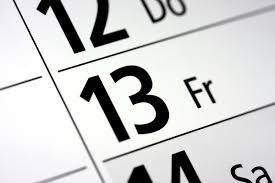During my summer holidays I unfortunately came down with the flu due to carelessness and my sore throat prevented me from talking. Throughout the duration of my sickness I occasionally wanted to communicate with my relatives and the only way I could do so was by signing, well rather unsuccessfully as obviously nobody could make out what I was referring to. At that moment all I wished for was that sign language was a mandatory subject in all schools like English is, and frankly I am sure that it would serve us better in our lives that ancient Greek does.
Apparently, sign language is one of the earliest and most basic forms of human communication and started with native Americans, who used hand signs in order to communicate with other tribes and to trade with Europeans, as well as with monks, who developed basic gestures to aid with essential communication during vows of silence.
Deaf people were mistreated and viewed as being unable to learn or participate in society, until, in the 1500s, inspired by the way Americans and monks communicated, Pedro Pake, a Spanish monk, adapted these signs to help him educate deaf students in Spanish and is regarded as the first recognized teacher of the deaf. Motivated by him, a Spanish linguist named Juan Pablo Bonet followed in the monk’s footsteps and in 1626 he published the first manual alphabet system with the intent that it should be taught to deaf people throughout Spain.
Even though the early steps in creating an official language for the deaf were taken in Spain, the initial formal sign language was actually developed in France by Charles Michel de T’ Eppe, a French priest. In 1775, he established the original public school for deaf children and this led to his being referred to as the ‘Father of the Deaf’. The students came to the institute from all over the country and they brought with them signs that they had used to communicate at home, so he adapted these signs along with a manual alphabet and created a sign dictionary. This standardized sign language is now referred to as Old French Sign language and quickly spread across Europe and the USA.
Throughout the years, sign language has been modified and nowadays there are approximately 200 different types of sign language used, as most countries have their own or share a certain one but with a different dialect. Obviously, sign languages have their own definite grammar, including correct eyebrow position, facial expressions and hand movements. I’ve always wondered about the level of difficulty of signing but considering the health problems the deaf face, linguistics wouldn’t challenge them further by teaching a demanding language. Besides, learning any language is easier with the use of numerous applications and websites available and free of charge.
Of course, here in Greece as in almost every country in the world, there are free programs offered by professional sign language teachers in which you can participate, but apparently, they prefer to teach only individuals with deaf relatives, which prevents me from taking part myself, and I’d really enjoy being in those courses as I consider the knowledge of any language another feather in one’s cap.
Alexandra D
Proficiency Class
Dilou School




